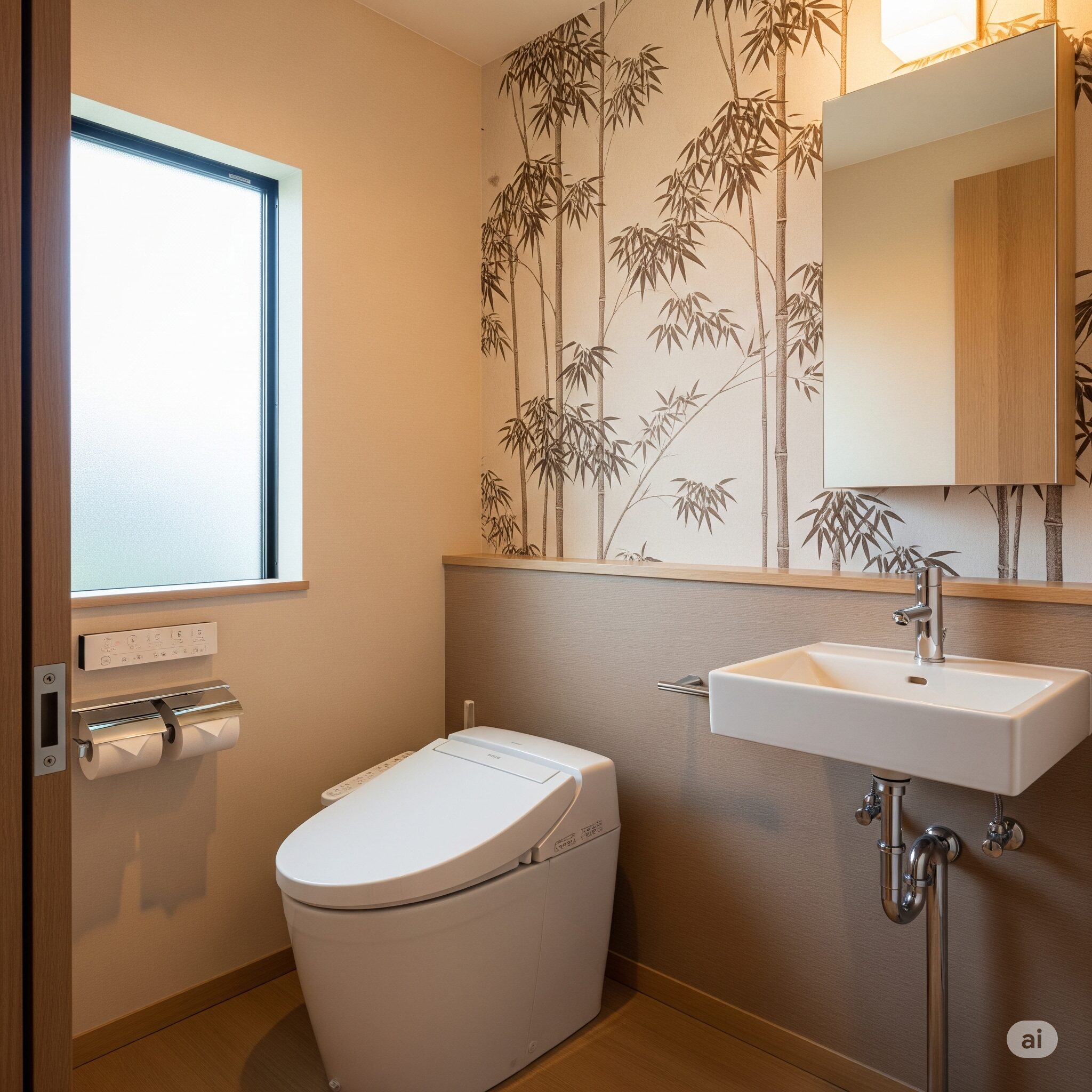When Americans think of Japan, they might picture sushi, cherry blossoms, or bullet trains. But one of the most quietly profound aspects of Japanese life is something far more humble: the toilet. Yes, the Japanese toilet is not just a marvel of technology—it’s a window into a civilization that has long valued dignity, peace, and the sanctity of private space.
🚽 Toilets as a Place of Thought
There’s an old Chinese saying: “The best ideas come on horseback, in bed, or in the toilet.” This phrase, attributed to the Song dynasty scholar Ouyang Xiu, suggests that inspiration strikes when the mind is at ease. While this idea originated in China, it has found a particularly fertile home in Japan.
In modern Japan, the toilet is more than a necessity—it’s a sanctuary. Many Japanese people decorate their toilets with flowers, artwork, or even small altars. Some play ambient music or install devices that mask sounds. It’s a space for solitude, reflection, and yes, even creativity.
🏯 A Long Tradition of Privacy
Unlike in many parts of the world, Japan has had private, enclosed toilets for over a millennium. Archaeological evidence from the Nara period (8th century) shows that water-flushing toilets with doors were already in use. Even communal toilets in Edo-period tenement housing had individual stalls with locks.
Famous warlords like Takeda Shingen used private, water-flushed toilets. These weren’t just for hygiene—they were a reflection of a society that respected personal boundaries, even in times of war.
🛡️ Why Private Toilets Were Possible in Japan
In many cultures, the toilet is a vulnerable place—so vulnerable, in fact, that it’s often left open for safety. In ancient China or medieval Europe, public toilets were often communal or lacked doors entirely. In some parts of China today, it’s still common to leave the stall door open while using the toilet.
But Japan was different. Why?
Because in Japan, attacking someone while they were using the toilet was considered deeply dishonorable. Even in feudal times, enemies would wait outside if their target was relieving themselves. This wasn’t just etiquette—it was a moral code. Killing someone in such a defenseless state would bring shame not just to the attacker, but to their descendants.
This cultural norm made it possible for toilets to be fully enclosed, locked, and private. It was safe to be alone, even in the most vulnerable moments.
🌍 A Cultural Comparison
| Region | Toilet Style | Cultural Reasoning |
| China | Often open, no doors | Visibility for safety in violent environments |
| Europe | Chamber pots in public rooms | Lack of plumbing and privacy norms |
| Japan | Fully enclosed private stalls | Cultural emphasis on peace, honor, and modesty |
In Versailles, nobles relieved themselves in corners of ballrooms using chamber pots. In China, even today, public toilets may lack partitions. But in Japan, privacy has always been the standard—even in the most modest homes.
🧘 Toilets Reflect a Peaceful Society
The Japanese concept of “kegare” (impurity) treats death and killing as spiritually polluting. This belief shaped a society that, even in times of war, sought to avoid unnecessary bloodshed. Samurai were trained to fight, but also to show mercy. Even assassins avoided attacking someone in the toilet—it was simply beneath them.
This reverence for life extended to everyday customs. The fact that a person could use the toilet in peace, without fear of violence, speaks volumes about the kind of society Japan cultivated.
🧠 A Space for Reflection and Innovation
In Japan, the toilet is often a place of quiet contemplation. It’s where people pause, breathe, and think. This isn’t just poetic—it’s practical. The calm and privacy of the toilet make it a perfect space for ideas to emerge.
Modern Japanese toilets enhance this experience. Heated seats, built-in bidets, ambient sound systems, and even aroma diffusers turn the bathroom into a personal retreat. It’s not uncommon for people to spend a few extra minutes there—not out of necessity, but because it’s one of the few places where they can truly be alone.
🧬 What Toilets Say About a Culture
The design of a toilet may seem trivial, but it reveals deep truths about a society. In Japan, the toilet reflects:
- A respect for personal space
- A commitment to cleanliness
- A cultural aversion to violence
- A reverence for life and dignity
In contrast, open or communal toilets in other cultures often reflect histories of instability, violence, or disregard for individual privacy.
🙏 A Legacy Worth Preserving
Japan’s toilet culture didn’t emerge by accident. It was built over centuries by people who valued peace, honor, and mutual respect. In a world where privacy is increasingly rare, the Japanese toilet stands as a quiet monument to a civilization that chose dignity over domination.
So the next time you visit Japan and step into a warm, clean, private toilet stall, take a moment to appreciate what it represents. It’s not just a convenience—it’s a cultural treasure.


コメント